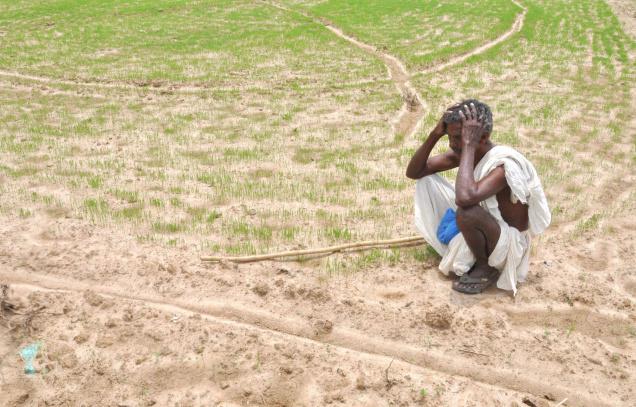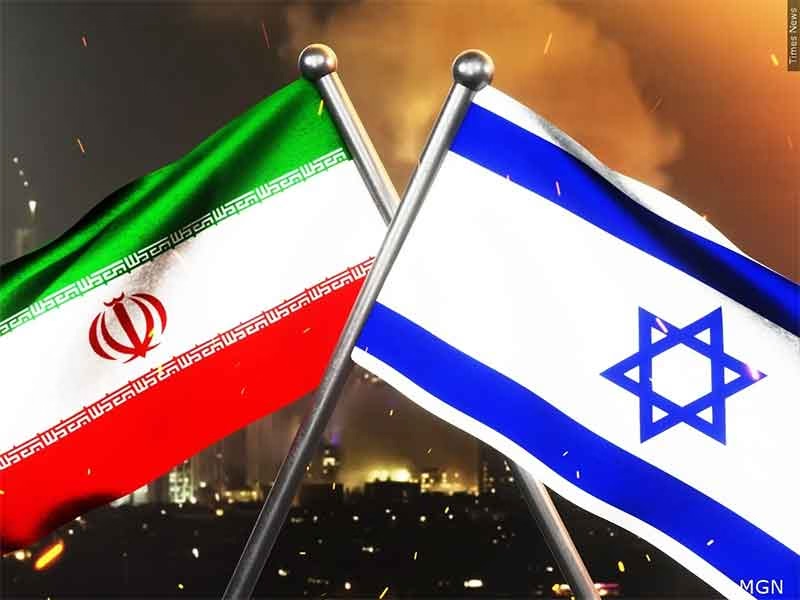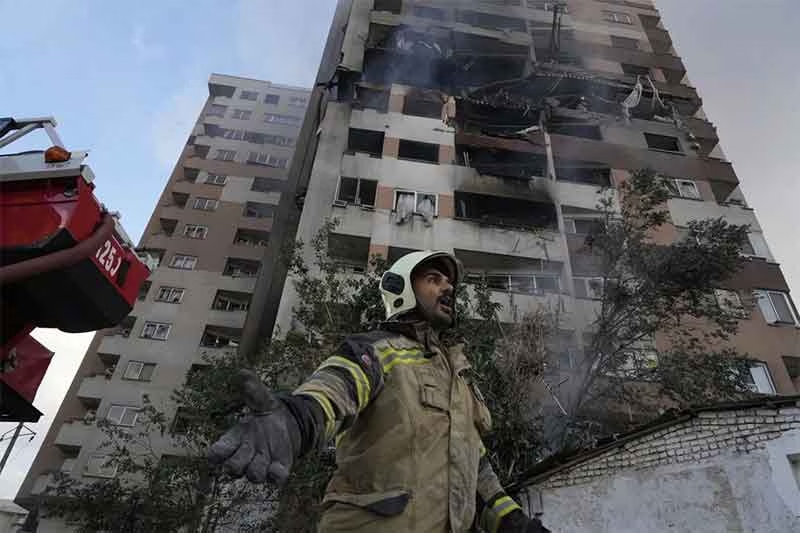
According to a study by the National Institute of Hydrology, the accelerating pace of development in India is likely to intensify the water crisis, potentially leading to conflicts among states. Over the past 40–50 years, water usage has increased dramatically. For the past decade, per capita water demand has ranged from 100 to 120 liters daily and is expected to rise to 125 liters by 2025. The total demand has now exceeded 790 billion liters.
Data from the National Water Commission indicates that in 1997, water availability was 575 cubic kilometers, but it has now decreased to around 500 cubic kilometers, while the demand has risen to approximately 800 cubic kilometers. According to the Central Water Commission, groundwater levels are projected to drop to 1,434 cubic meters by 2025 and further to 1,219 cubic meters by 2050. The World Bank has warned that within the next 20 years, 60% of groundwater sources will be in a dangerous state, which is alarming, considering 70% of our water demand is met through groundwater.
Naturally, this will severely affect agriculture and industry alike. Farming will be devastated, and the population will struggle for every drop of water. It is crucial to curb water wastage now. Currently, the world’s biggest crises are terrorism and environmental pollution, but by 2050, the water crisis will surpass them. Geologists predict that the global population will reach 8 billion by 2025 and 9 billion by 2050. A large population in countries across Asia, Africa, and Europe will be grappling with water scarcity. This includes countries like Congo, Mozambique, India, Pakistan, Bangladesh, Sri Lanka, Nepal, Myanmar, China, Korea, Ghana, Kenya, Namibia, Afghanistan, UAE, Iran, Iraq, and Syria. By 2050, 5.5 billion people will be affected by the water crisis.
Rapid urban migration in developing countries indicates that by the end of 2025, half the world’s population will live in cities, which will worsen the crisis. According to new research by the Central Ground Water Board, 256 out of 700 districts in India are facing severe water issues. Overextraction is pressuring groundwater sources, causing wells and traditional water bodies to dry up. The problem isn’t just about depleting sources—what remains is also becoming contaminated.
This issue is so critical that even the government struggles to resolve it. Livestock are dying from diseases caused by lack of clean drinking water, affecting the country’s animal wealth. Areas that once had abundant water now lack potable water for domestic use. According to the International Hydrological Programme, due to global warming, evaporation rates are expected to double in the next decade, reducing water levels in rivers and other bodies. Melting polar ice due to rising temperatures is mixing freshwater into saltwater oceans, diminishing sweet water sources.
Availability of water may become so limited that people may have to bathe with just two to four glasses of water. The more severe issue may be water-driven migration, causing intense population pressure in certain areas. This will lead to economic and social problems and conflicts between locals and migrants. According to the United Nations, by 2030, 700 million people could be displaced from their regions due to water scarcity.
The India Meteorological Department states that the country receives 1,170 mm of annual rainfall, mostly within three months. If rainwater harvesting is implemented effectively, we can not only prevent water scarcity but also eliminate water politics altogether.
The melting of glaciers has become a major concern for all living beings. According to UNESCO’s World Water Development Report 2025, if the current pace of glacial melt continues, the consequences will be unprecedented and catastrophic. Without immediate intervention, over 2 billion people out of the projected 8.2 billion global population will face severe water and food shortages.
Glaciers are central to the Earth’s water cycle. Their meltwater feeds life-giving rivers. However, climate change is causing rapid glacial shrinkage, threatening the very existence of these rivers. This has intensified the future water crisis. Due to reduced snowfall in mountainous regions, two-thirds of the world’s arable land is now under threat. So far, around 275,000 glaciers have been identified worldwide, covering more than 700,000 square kilometers—an area rapidly melting due to climate change.
According to the UN, all 19 glacial regions in the Himalayas suffered unprecedented damage in three consecutive years—2022, 2023, and 2024. The World Meteorological Organization reports that Norway, Sweden, and Svalbard have been the most affected. Even the Colorado River in the U.S. dried up in 2020.
UNESCO Director-General Audrey Azoulay notes that 70% of the world’s drinking water is stored in glaciers. Their rapid melting poses a grave threat to this primary water source. Therefore, protecting glaciers is an urgent necessity—because where there are glaciers, there is water; where there is water, there is life; and where there is life, we will exist.
Studies by NASA and the National Snow and Ice Data Center show that since before 2010, the Arctic and Antarctic ice covers have shrunk by millions of square kilometers. Only 14.3 million sq km of ice remains, which is even lower than the record low of 2017. Between 2000 and 2023, glaciers in Greenland and Antarctica have lost an average of 270 billion tons of ice annually—equivalent to all the water consumed by the world in 30 years. According to NASA scientist Lyn Boisvert, the remaining summer ice in the coming years will be critically low.
Human activities—especially excessive use of fossil fuels—are a major factor behind rising temperatures. A 2023 government report presented in the Indian Parliament stated that about 9,575 Himalayan glaciers are melting at various speeds. Spread across India, Nepal, Bhutan, China, and Pakistan, these glaciers have retreated by 20–30% over the last three decades. In the past 40 years, 440 billion tons of ice have melted from the Himalayas. Scientists estimate that 75% of Hindu Kush Himalayan glaciers will disappear by the end of this century.
Ending the fossil fuel era and moving toward sustainable energy is now essential. This battle is not just about saving ice; it’s about securing our future. Glaciers are not merely ice peaks—they are the origin of our existence. Therefore, we must change our lifestyles, limit human interference in the Himalayan region, and take strong action against climate change and carbon emissions. Without this, overcoming the crisis will be impossible.
Subscribe to Our Newsletter
Get the latest CounterCurrents updates delivered straight to your inbox.
India can be saved from the water crisis through water conservation and efficient usage. In areas with very little rainfall and groundwater as the only source, we must find ways to manage scarcity. Harvesting rainwater is key, but it is equally important to stop the reckless exploitation of water by multinational corporations. The growing apathy of the public and government toward water scarcity is a serious concern. This could have grave consequences in the future.
Vikas Meshram is a journalist ([email protected])
















































